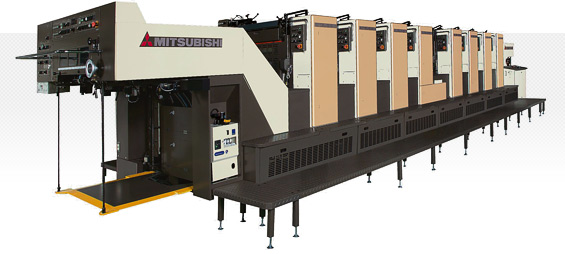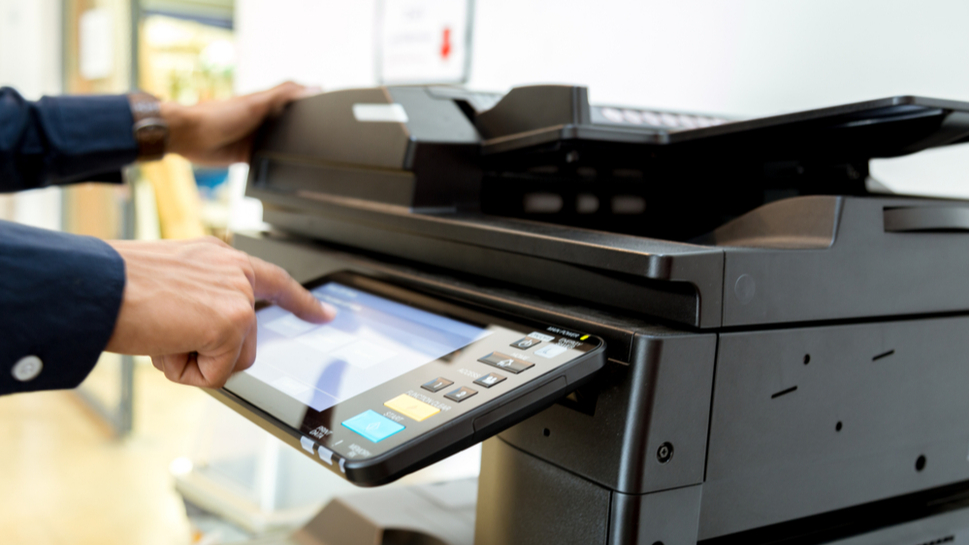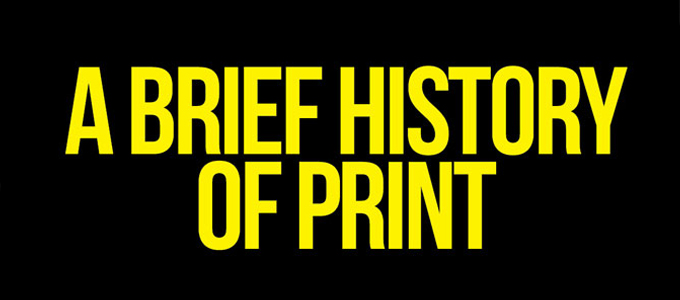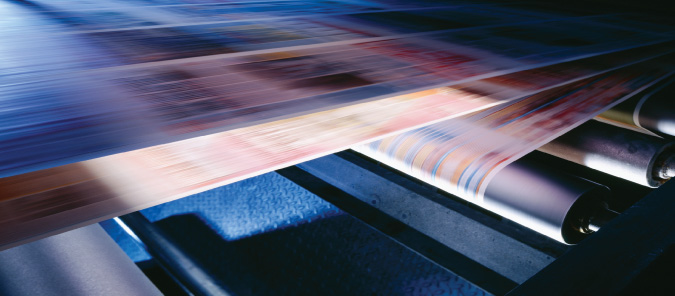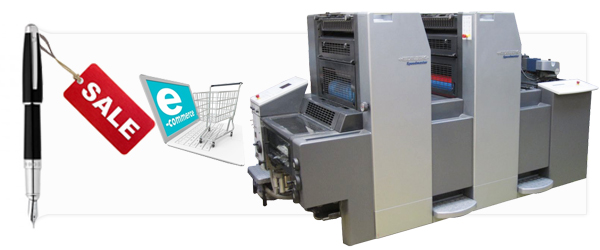In the vast expanse of industrial and artistic production, the printing machine stands as a pivotal innovation, transforming how texts and images are reproduced and disseminated. From ancient woodblocks to modern digital presses, the evolution of printing technology has significantly influenced communication, education, and media.
This article delves into the definition, history, types, and applications of printing machines, providing a thorough understanding of their essential role in both historical and contemporary contexts.
What is a Printing Machine?
A printing machine is a device or apparatus used to transfer text and images onto various substrates, including paper, fabric, metal, and other materials. This process involves the application of ink to a prepared surface that is then pressed onto the substrate, creating a printed impression.
Printing machines vary widely in their mechanisms and capabilities, catering to different printing needs, from small-scale home printers to large industrial presses used for mass production.
Historical Evolution
Early Innovations: The history of printing machines begins with woodblock printing, a technique developed in East Asia more than a thousand years ago. This method involved carving an image or text into a wooden block, inking it, and pressing it onto paper or fabric. By the 15th century, this technology had spread to Europe.
The Gutenberg Press: The significant leap in printing technology came with Johannes Gutenberg’s introduction of the movable type printing press around 1440. Gutenberg’s press, which used movable metal types and a mechanical press, revolutionized the production of books, making them more accessible and affordable. This innovation is often credited with contributing to major cultural and scientific advancements, such as the Renaissance and the Scientific Revolution.
Industrial Revolution Advances: With the onset of the Industrial Revolution, steam-powered printing presses were developed, greatly increasing the speed and volume of printed materials. These advances continued with the introduction of rotary presses and offset printing in the 19th and early 20th centuries, which allowed for high-speed, high-quality mass production of prints.
Types of Printing Machines
Letterpress: Once the standard for printing text, letterpress printing involves setting type and motifs in reverse on a flat bed, inking them, and pressing paper against them. It is known for its high-quality, tactile finish and is experiencing a resurgence in artisanal and boutique settings.
Offset Lithography: Offset lithography is widely used for printing books, newspapers, and packaging. It works by transferring an inked image from a plate to a rubber blanket and then onto the printing surface, not directly contacting the surface with the plates, which extends their lifespan.
Flexography: Flexography is particularly suited for packaging and labels. It uses a flexible relief plate, which can print on a variety of substrates such as plastic, metallic films, and paper. The versatility and quick-drying inks make it ideal for high-volume jobs.
Digital Printing: Digital printing, which includes inkjet and laser printing, has revolutionized the printing industry by allowing for high-quality, efficient, and cost-effective short-run printing. It directly translates digital images from a computer onto various media and is ideal for personalized printing due to its flexibility in changing images without needing new plates.
Applications of Printing Machines
Printing machines are ubiquitous in various industries, playing a critical role in:
Publishing: Books, newspapers, and magazines are traditionally produced using offset and digital printing techniques.
Advertising: High-quality graphics for banners, posters, and flyers are produced using digital and flexographic printing.
Packaging: The packaging industry relies heavily on flexography and digital printing for creating attractive, durable labels and packaging that stand out on shelves.
Textiles: Screen printing and digital textile printing machines are widely used for printing designs on fabric, ranging from fashion to home decor.
Personalized Products: Digital printing has made it feasible to economically produce customized products such as T-shirts, mugs, and phone cases in small quantities.
The printing machine, from its rudimentary beginnings to the sophisticated digital and offset presses of today, continues to be a cornerstone of modern industrial and creative processes. Its ability to multiply texts and images has not only made information and visual communication more accessible but has also played a crucial role in the advancement of societies.
As technology progresses, the future of printing will likely see even greater speeds, quality, and sustainability, reflecting the ongoing human quest for better and more efficient means of communication.
The 20 Most Well-Known Printing Machine Brands in the World
As we explore further into the world of printing machines, it’s important to recognize the leading brands that have consistently set benchmarks for quality, innovation, and reliability in the printing industry.
These companies have shaped the landscape of printing technology with their cutting-edge solutions and vast arrays of products tailored to diverse printing needs. Below are 20 of the most well-known printing machine brands globally, each known for specific strengths and contributions to the printing sector.
- Heidelberg: Heidelberg Druckmaschinen AG, a German company, is one of the oldest and most prestigious names in the printing industry, particularly renowned for its offset printing machines. Their products are synonymous with quality and durability, making them a top choice for commercial printing.
- Xerox: An American corporation, Xerox is a giant in digital printing technology. Known for inventing the photocopier, Xerox continues to innovate with high-quality digital printers that cater to both large-scale commercial and office environments.
- Canon: Canon’s range includes high-performance inkjet and laser printers. They are particularly noted for their multifunction printers and photographic quality prints, making them a favorite in both office and creative sectors.
- HP (Hewlett-Packard): HP is a leader in both home and commercial printing markets. Their DeskJet series was one of the first to bring color inkjet printing to the masses, and their continued innovations keep them at the forefront of digital printing technology.
- Epson: Epson is renowned for its Micro Piezo inkjet technology, which delivers superb image quality and durability. Their printers are widely used in photography, textile, and large-format printing applications.
- Roland: Roland DG is known for its durable and reliable digital vinyl cutters and wide-format inkjet printers, which are highly regarded in the graphic arts, signage, and vehicle graphics industries.
- Mimaki: Mimaki excels in manufacturing cutting-edge digital printers for the textile and craft markets, including dye-sublimation and direct-to-garment printing machines.
- Ricoh: Ricoh is a key player in the office printing market, known for their efficient and sustainable laser and digital printing solutions that cater to corporate environments.
- Konica Minolta: Konica Minolta’s printing solutions are celebrated for their robust performance in high-volume settings, offering advanced color image quality and reliability in digital printing.
- KBA (Koenig & Bauer): As one of the oldest printing machine manufacturers, KBA is noted for its high-quality sheet-fed offset printing and newspaper printing machines.
- Brother: Brother Industries manufactures a wide range of printers, particularly known for their reliable multifunction printers that integrate scanning, faxing, and printing in office settings.
- Kyocera: Kyocera’s printing solutions are lauded for their eco-friendly approach and long-life components, making them cost-effective and durable for office printing needs.
- Fujifilm: Fujifilm has made significant contributions to photographic and imaging technologies, including high-quality large-format and digital printing machines.
- Sharp: Sharp’s multifunction printers are well-regarded for their clarity, efficiency, and innovation, particularly in office and commercial settings.
- Océ: Océ, part of the Canon Group, is recognized for its high-speed digital photo printers and large-format printing systems, which are used extensively in technical documentation and commercial printing.
- Komori: Komori specializes in high-precision offset and digital printing presses that are favored for their advanced automation and efficiency in commercial printing environments.
- Toshiba: Toshiba’s printing solutions focus on multifunctional capabilities and energy efficiency, which are essential in business and enterprise environments.
- Samsung: Before merging its printer business with HP, Samsung was known for its innovative and versatile printers, particularly in the office and home segments.
- AGFA-Gevaert: AGFA is known for its strong presence in the healthcare and printing industries, with high-quality digital and analog printing systems, especially in the graphics sector.
- Durst: Durst excels in high-quality large-format digital printing machines for industrial applications, including signage, packaging, and photography.
These brands represent the pinnacle of printing technology, each bringing unique innovations and specialized solutions to meet the diverse needs of the printing industry.
From large-scale commercial productions to precision graphic arts and office solutions, the evolution of these brands continues to drive the global market, shaping the future of how we print and the quality of the output we expect.
Their ongoing developments ensure that printing technology remains at the cutting edge, adaptable to the changing demands of industries and consumers alike.



